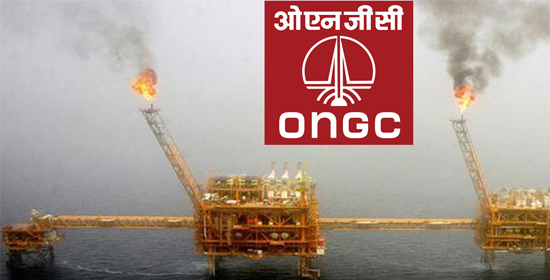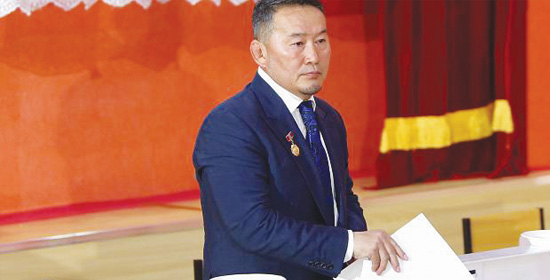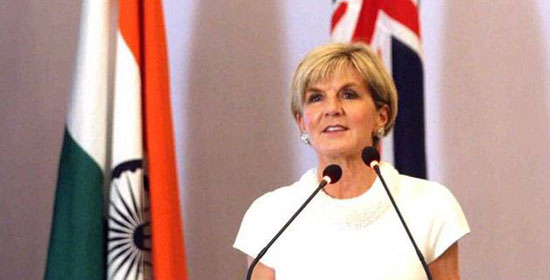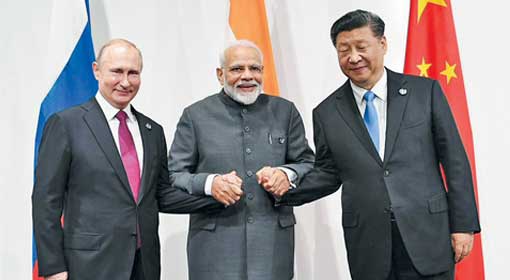New Delhi: India has refused to sign the ‘Regional Comprehensive Economic Partnership’ (RCEP) agreement. After this, China has increased cooperation with other regional countries to pressurise India to sign the agreement. While China has been taking these efforts, India has initiated steps to get the status ‘Generalised System of Preference’ (GSP) reinstated from the United States. There are indications from the United States that soon the Indian efforts will bear fruit and the GSP will be fully applicable.
 China has completely exploited the Indian markets and India suffered a trade deficit of USD 50 billion in the bilateral trade in the last year. But China is not satisfied with this. China wants to take over the entire Indian market. Especially after the trade war with the United States, China is making aggressive efforts to flood the Indian markets with Chinese goods. China has made strong preparations to make use of the RCEP for this purpose. There are 16 countries in the RCEP and China was vying to get India to sign the RCEP using pressures from the 14 other countries.
China has completely exploited the Indian markets and India suffered a trade deficit of USD 50 billion in the bilateral trade in the last year. But China is not satisfied with this. China wants to take over the entire Indian market. Especially after the trade war with the United States, China is making aggressive efforts to flood the Indian markets with Chinese goods. China has made strong preparations to make use of the RCEP for this purpose. There are 16 countries in the RCEP and China was vying to get India to sign the RCEP using pressures from the 14 other countries.
The Chinese intention was exposed during the discussions regarding RCEP in the meeting held in Thailand. But Indian Prime Minister Narendra Modi firmly refused to sign the agreement. Prime Minister Modi opposed the agreement saying that this agreement is not accurate and balanced. But still, China has not given up on its efforts to pressurise India. Using other countries, China seems to be pushing for the agreement. China has said that although the Indian concerns regarding the agreement are valid, scrapping the entire agreement will not be fair. Therefore, China has taken an aggressive stance that the other signatories to the agreement should try and persuade India for signing RCEP.
There is no possibility of the Chinese efforts being successful. Instead, India is trying to forge ahead in the trade talks with the United States. A few months ago, the United States revoked the Indian GSP status. President Donald Trump took this action accusing India of not providing necessary trade concessions to the United States. But the GSP is still partially operational. But India has initiated steps to get the GSP fully operational and to make the Indo-US trade cooperation more comprehensive in the future.
Trade talks on this subject will be taking place between the United States and India and a dense possibility of the talks being successful is being predicted. Although the trade relations between India and the United States have been affected, both the countries have made a resolve to put the differences behind and once again strengthen the trade ties between them.
Against the background of the trade war with China and the European countries, the United States also feels the need to improve trade cooperation with India. Since the last few months, the United States has become one of the largest oil suppliers to India. The Indo-US cooperation is developing in other sectors too.
In this scenario, India has retaliated against China, trying to improve its trade relations with the United States, instead of signing the RCEP, which entirely addresses the Chinese concerns. India has indicated that if China does not offer trade concessions to India shortly, a decision to increase taxes on Chinese goods may be taken. This has made China very restless and, therefore, China is exploring various ways to pressurise India.












